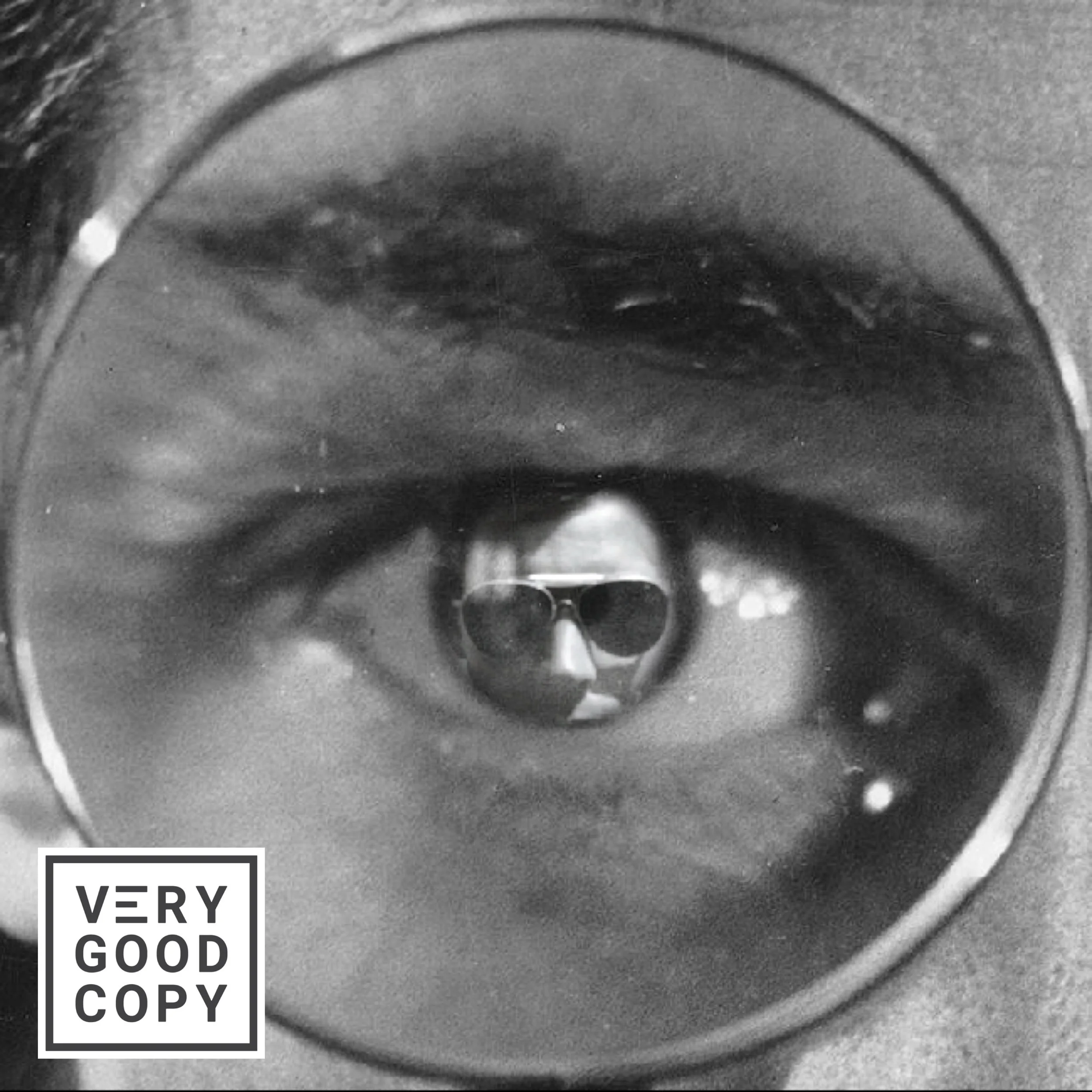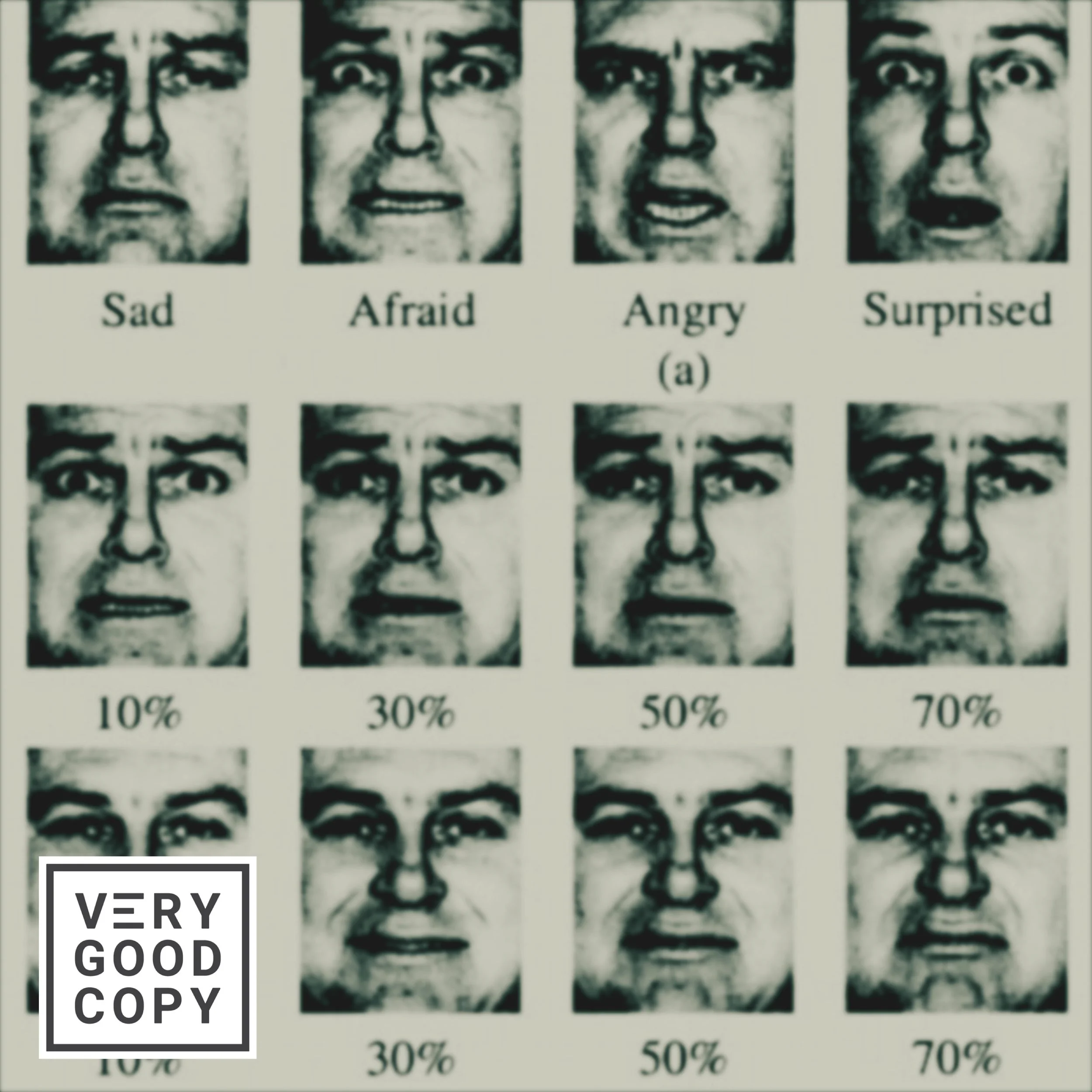![VeryGoodCopy [Logo] DARK.png](https://images.squarespace-cdn.com/content/v1/5615edeae4b0b9df5c3d6e90/1523500673801-JD0859JSOJ1OVMVLZQTC/VeryGoodCopy+%5BLogo%5D+DARK.png)
Ever compress your kitchen garbage bin?
You know, by pushing down on the top with your hand to get the air out and make more room? I do it all the time.
Once, in college, I used an empty egg carton so as not to touch anything disgusting. I stood over the bin and put all my weight behind the push. The garbage sunk about six inches, then it happened…
A loose metal lid from a can of soup cut through the carton.
All I felt was a strange pressure.
Then I saw my bone.
A “visceral” response is a physical reaction to a non-physical experience, an emotion.
It could be the product of a live experience (i.e., something playing out in front of your eyes). Or it could come from a removed experience (i.e., something you see in a movie, hear from a friend, or read in an article, a pamphlet, or on a billboard).
![How to evoke a visceral response in readers [art].JPG](https://images.squarespace-cdn.com/content/v1/5615edeae4b0b9df5c3d6e90/1523558119796-PVQNEL6EZF6B18O1QF7J/How+to+evoke+a+visceral+response+in+readers+%5Bart%5D.JPG)
Examples include a shiver, a flash of nausea, butterflies in your stomach, sweating, crying, grimacing. Point is, it’s guttural and uncontrollable, an innate cue that you’re feeling an extreme emotion.
As copywriters and marketers, we want audiences to feel emotional after experiencing our message because emotion sells.
And while a physical reaction isn’t always necessary, it is an effective way to compel a particularly resistant audience to pay attention and take action.
How to evoke a visceral response
If you’ve ever seen an anti-meth or anti-smoking PSA, then you’ve experienced an ad intended to conjure a visceral response.
"As copywriters and marketers, we want audiences to feel emotional after experiencing our message because emotion sells."
These ads work to erode the perceived glamour or allure of a lifestyle with disturbing scenes, which are effective because they create emotions that are intense and lasting, hard to shake.
To write a visceral scene, you can follow a series of steps:
Step 1: Make it familiar.
“Ever compress your kitchen garbage bin?”
Engagement is the product of comprehension, not abstraction.
Use simple, concise language to paint a picture that thrusts the reader into a scenario. In other words, provide unmistakable context in as few words as possible.
The reader should be able to instantly visualize the who, what, and where of the scene.
Step 2: Give a hint.
“The garbage sunk about six inches, then it happened…”
The reader is coming in blind. That is, she knows where she is but doesn’t know what to expect.
Warm her up. Provide an inkling that something’s about to happen, something she may not like.
Step 3: Start vague.
“All I felt was a strange pressure.”
The human imagination is a potent writing tool. Sometimes less is more.
Withholding detail from the reader will force her to use her imagination, to pull from her own knowledge and experiences. The less detail you provide, the more blanks the reader has to fill in for herself, which is engaging on its face.
Step 4: End specific.
“Then I saw my bone.”
You let her dream, now make her see:
“This is going to feel cold,” said the doctor.
He injected the syringe needle into the webbing between my thumb and pointer finger, then pressed the plunger halfway.
“That does feel cold,” I said. He took out the needle.
“Let’s give it a minute to let the numbness set in,” he said. “How did this happen anyway?”
“I was making room in my trash can,” I said.
“Yeh, I actually see that a lot,” he said, prodding the ball of my thumb with his finger. “Feel that?”
“Not really.”
“Okay,” he said. “Let’s get you stitched up.”
He pinched the tip of my thumb and pulled it, gently, toward his chest. The red hole in my hand opened up, pumping out blood in beats, rhythmically. Then he injected the other half of the anesthetic directly into the cut.
The needle went in about half an inch.
“Feel that?” he asked.
“Yes,” I said. “Feels cold.”
LEARN TO PERSUADE
![VeryGoodCopy [Logo] DARK.png](https://images.squarespace-cdn.com/content/v1/5615edeae4b0b9df5c3d6e90/1523500847102-IAWP0FKSFKJABY26ECWU/VeryGoodCopy+%5BLogo%5D+DARK.png)
WRITE BETTER.
MARKET BETTER.
SELL MORE.








































![How copywriters put prospects in the buying mood [quick trick]](https://images.squarespace-cdn.com/content/v1/5615edeae4b0b9df5c3d6e90/1533095575515-C2JPAZA3C46IBX00EMM8/Put+prospects+in+the+buying+mood+%5BVGC+art%5D.JPG)



















